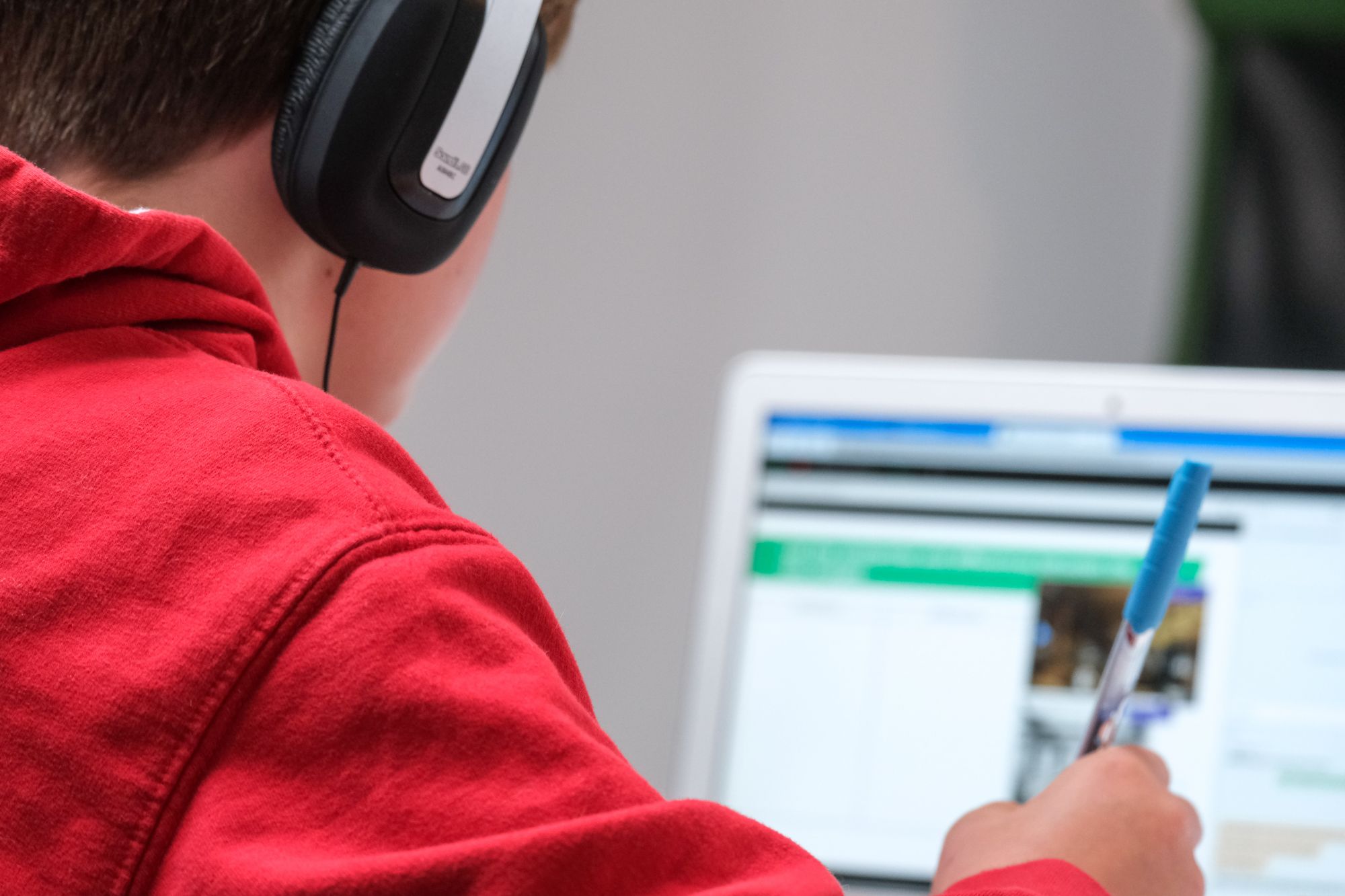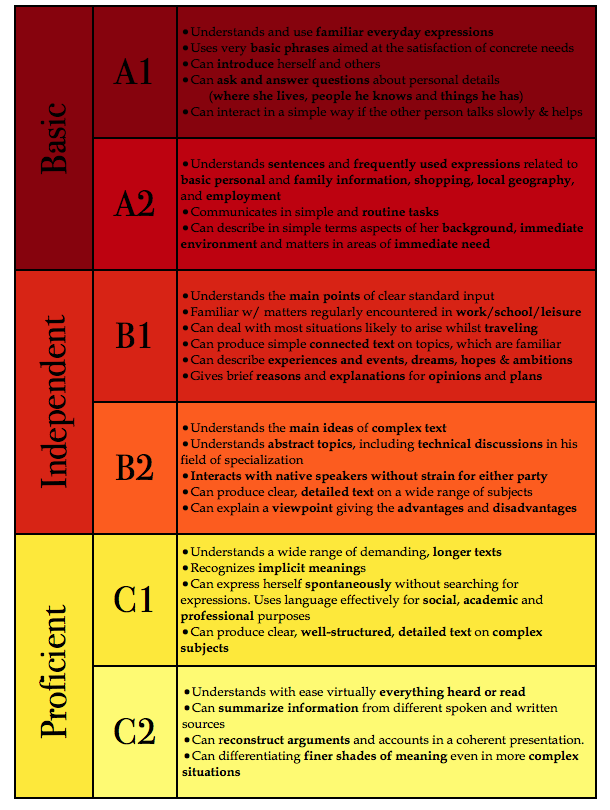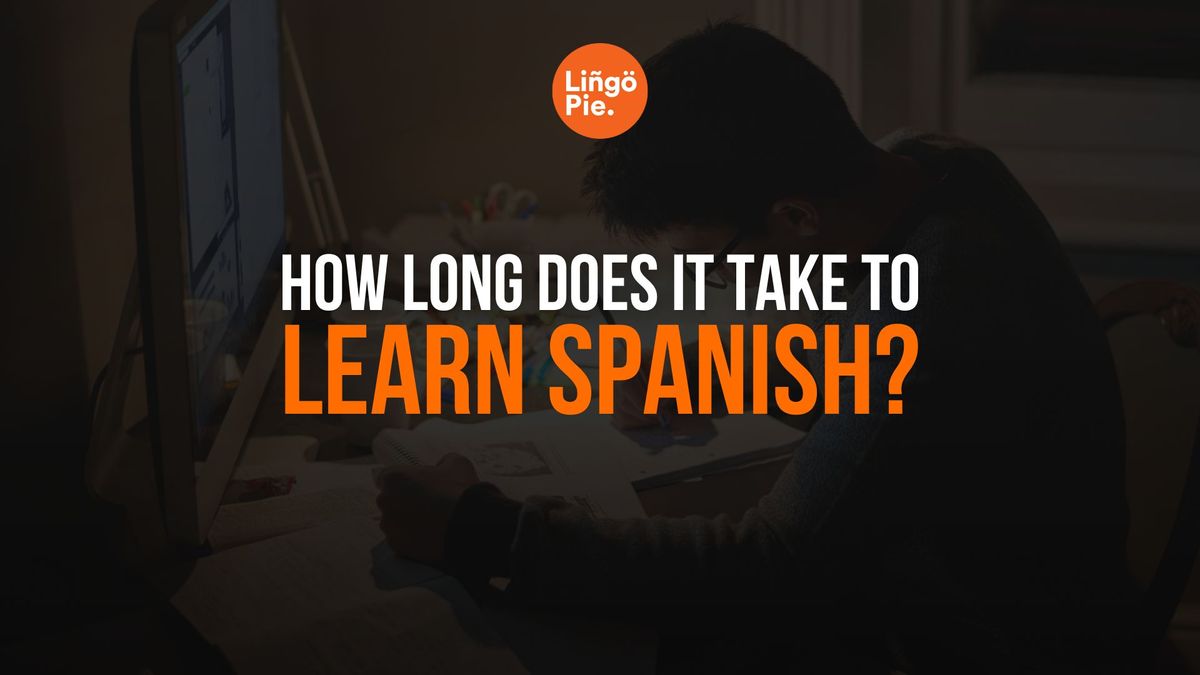Want to learn Spanish but worried about the time commitment? You're asking the right question. While there's no magic number – after all, everyone learns differently – we can give you a realistic picture of what to expect.
Spanish is one of the easiest languages for English speakers to pick up, which is great news if you're just starting out. In this guide, we'll show you exactly what influences your learning timeline and help you set realistic goals for your Spanish journey.

How Long Will It Take You To Learn Spanish?
According to the Foreign Service Institute (FSI), English speakers typically need about 24-30 weeks (or 600-750 classroom hours) to achieve fluency in Spanish. But what does this mean for the average person?
If you're studying for one hour each day, you might need around 18 months to become fluent. Double your daily study time to two hours, and you could cut that timeline significantly – potentially reaching fluency in just 9-12 months.
But here's what many guides don't tell you: your background can dramatically speed up the process. For instance, if you're from the Philippines, where Spanish has historically influenced the language and culture, you'll likely pick up Spanish much faster than someone starting from scratch. The same goes for speakers of other Romance languages like Portuguese or Italian.
- 23 Puerto Rican Slang That'll Make You Sound Like a Local
- 25 Dominican Slang Terms You Gotta Know
- 26+ Easy Guatemalan Slang Every Expat Should Know
What Languages Are Close To Spanish?
If your native language shares roots with Spanish, you've got a built-in advantage. Spanish belongs to the Romance language family, which evolved from Latin. This means if you speak any other Romance language, you'll find many familiar patterns in Spanish grammar and recognize a lot of vocabulary right from the start.
In fact, even Portuguese speakers often find they can understand basic Spanish conversations without formal study, thanks to the languages' striking similarities.
- Portuguese (89% similar) - Example: Noite (PT) → Noche (ES) [night]
- Italian (82% similar) - Example: Libro (IT) → Libro (ES) [book]
- Catalan (85% similar) - Example: Gat (CA) → Gato (ES) [cat]
- French (75% similar) - Example: Table (FR) → Tabla (ES) [table]
- Romanian (71% similar) - Example: Timp (RO) → Tiempo (ES) [time]
These similarities go beyond just vocabulary. Speakers of these languages will also find familiar grammar structures, similar sentence patterns, and shared cultural concepts that make learning Spanish feel more natural. For example, if you already speak Italian, you'll quickly grasp Spanish verb conjugations since both languages use similar patterns for past, present, and future tenses.

Factors To Consider When Learning Spanish
The long and the short of it: it depends. The time it takes to learn Spanish will vary according to several factors, and only some of those have to do with the method you choose.
All the estimated we provide below are just that: estimates. Not all of us learn the same way or with the same ease. Even if you are very motivated and highly disciplined, life may not allow you to devote 4 hours a day. Conversely, if you grew up in a bilingual household or already know a second (or third) language, you may be able to shave off a couple of months from any average.
It depends on your goals
When people talk about learning a new language, they usually mean either one of two things:
First, conversational fluency, which is the kind that lets you talk comfortably to others about general topics. Someone who is conversationally fluent can chit-chat and make new friends in their target language easily, speak without much of an accent, and navigate a foreign city without help. However, you may need to ask a very fast (or drunk) speaker to slow down, and you may miss the occasional reference
However, the most ambitious among us want to have native-like fluency. This happens when you master a language so thoroughly that even locals have a hard time realizing you are not a native speaker.
For reference, we are going to borrow the European Common Framework for language learning:

Conversational fluency happens around the first half of the B2 square. Native-like fluency is all the way at the bottom of C2. The flashy “fluent in 6 weeks” methods often take you to the start of B1, at most.
And how hard is it to learn Spanish? Conversational fluency usually encompasses 80% of a language, but it can be achieved in a year or less. Native-like fluency can take 5 years or more – and many people still keep hints of their native accent no matter what.
But do you really need native-like fluency? Chances are that you don’t. Most Ph.D. programs request their international students to certify fluency only up to C1. Unless you are planning to work as a translator or language teacher, you can comfortably live in a country with just a B2 level – just run all your work e-mails through spell-check.
It depends on your study method
Some methods are indeed more efficient than others (read more about that here!).
Most traditional, in-person language schools usually aim for at least three years to take you from complete beginner to conversationally fluent. However, this timeline assumes that you are going to have classes once or twice a week, and spend about the same amount of time studying on your own.
Of course, spending one hour in class doesn't equal one hour of actual practice: you’ll be sharing your teacher’s attention with 20 other students, and wasting time staring through the window or waiting for your classmates to complete their exercises.
This is why programs that involve daily private coaching sessions can offer the same results in as little as 5 or 6 months. The same principle applies for that expensive immersion course that will whisk you away to a South American beach resort. But of course those options are usually extremely expensive and not many people can afford them.

It depends on how much time you consistently devote to it
So let’s say you are trying to save some money, and you hire the private coach for 2 hours a week. If that is all your study time, you’ll still have to devote a few years to the task. The same thing happens if you just do a few “fill in the blanks” exercises on your phone for 10 minutes a day.
On the other end of that spectrum, you could drop everything for that immersion course, become close to conversational in a month, and forget it all within 2 months.
This is why we stress the consistent part of “consistently devote time”. Language is a like a muscle: if you abandon your training, your gains will melt away. This is one of the principles behind spaced repetition techniques, which are now used to learn everything:
According to a study published by the BBC, the sweet spot lies at between an hour to two hours per day, every day, of active practice. This will let you reach your goal in about 10 months.
What Can You Do To Learn Spanish Fast (or Faster?)
Essentially, you want a method that:
- Is based on contemporary linguistic research, rather than old-school dictionaries
- Exercises your verbal and written comprehension at the same time
- Allows you to practice for 1 hour a day, without competing for your teacher’s attention
- Keeps you motivated and interested on the next lesson
- Shows you how real people speak, joke around, and quarrel with each other
So if you already paid that tuition or enlisted a coach once a week, protect your investment with Lingopie. Our TV series and movies in Spanish will be exercising all those linguistic muscles without it feeling like a chore. You will also get to see how regular people in South America talk, learn our cultural references and understand our sense of humor.
Plus, we’re offering a 7-day trial. Try it out and start learning Spanish quick!
Frequently Asked Questions About Learning Spanish
Q: Is Spanish hard to learn for English speakers?
Spanish is actually one of the easiest languages for English speakers to learn. It shares thousands of cognates with English, has a straightforward pronunciation system where most letters consistently make the same sound, and uses the same alphabet (with just a few additional letters like ñ). The grammar structures, while different, follow consistent patterns that are relatively easy to master with practice.
Q: How many hours a day should I study Spanish to see results?
Consistent, shorter study sessions are more effective than sporadic long ones. Aim for at least 30 minutes to 1 hour of focused study daily rather than cramming several hours once a week. Most successful language learners find that 1-2 hours per day of varied practice (including listening, speaking, reading, and writing) leads to steady progress without burnout.
Q: Is it better to learn Spanish in Spain or Latin America?
Neither is inherently "better" - both are equally valid for learning Spanish. The main differences are in accent and some vocabulary choices. Spain Spanish (Castellano) has distinct pronunciation features like the "th" sound for 'z' and 'ci', while Latin American Spanish is often considered slightly easier for beginners due to clearer pronunciation. Choose based on which variety you'll use most often.
Q: At what age is it best to start learning Spanish?
While children do have certain advantages in language learning, particularly with pronunciation and natural acquisition, adults can absolutely become fluent in Spanish. Adults actually have advantages in understanding grammar concepts and making connections between languages. The best age to start learning is simply whenever you're ready to commit to it.
Q: Do I need to learn Spanish grammar rules to speak Spanish?
While you don't need to master every complex grammar rule to start speaking Spanish, understanding basic grammar is essential for clear communication. Focus first on high-impact grammar concepts like subject-verb agreement, present tense conjugations, and basic sentence structure. You can learn more complex grammar gradually as you progress, but don't let grammar rules prevent you from starting to speak.






![How To Learn A New Language Fast [5 Science-Backed Shortcuts]](/blog/content/images/size/w1200/2024/12/How-To-Learn-A-New-Language-Fast.jpg)
![30+ Modern English Slang Terms For Money [Guide]](/blog/content/images/size/w300/2025/06/Slang-term-for-money.jpg)
![5 Official Spanish Language Tests To Show Your Proficiency Level [Guide]](/blog/content/images/size/w300/2025/06/Spanish-Language-Tests.jpg)

![Why Memorizing Spanish Words Won’t Make You Fluent [Tips]](/blog/content/images/size/w300/2025/06/how-to-practice-spanish-vocabulary.jpg)